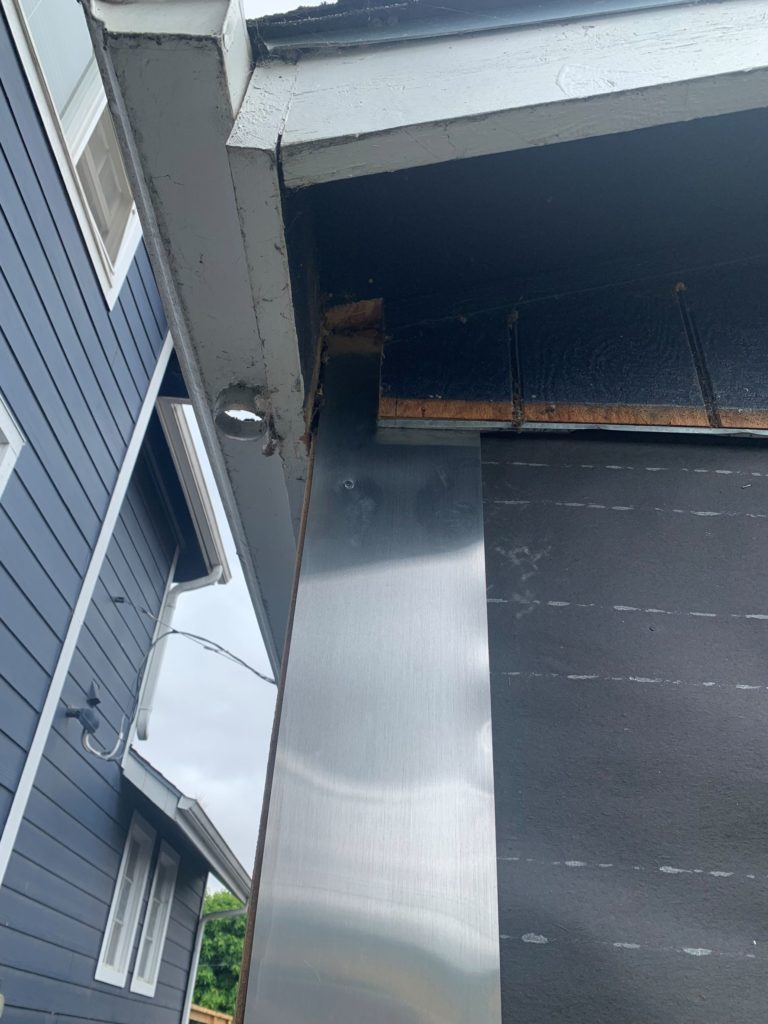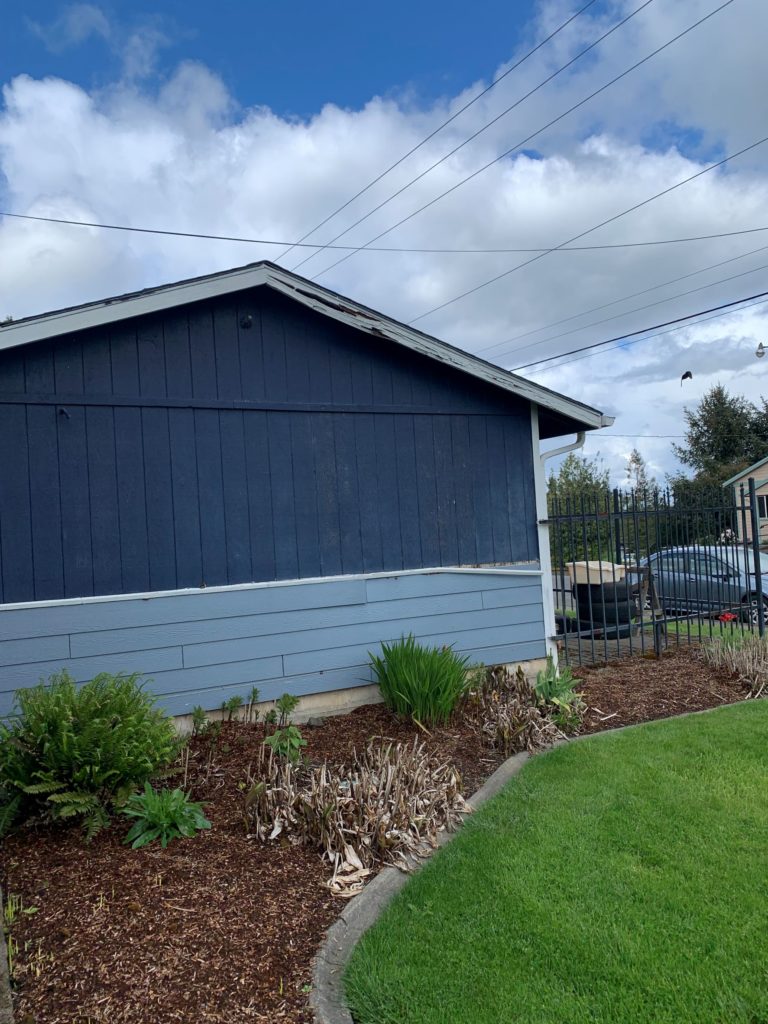Fortunately, I had a good weekend for project work. I will say that I strongly believe that details are almost never executed properly. It costs too much money to do so. So, that is what I am going to explore today.
1. Painting all six sides. This is the one that is the most frequently skipped and the one that takes the most time. I like to get two coats on the exposed face of the parts before installation. Then I come back and fill holes and do a final touch up. To put more simply, I prime all six sides. Then I paint the exposed faces twice.
2. Caulk is not a building material, it is more like gap insurance. It is there to prevent water from getting to a properly detailed assembly and for aesthetic uniformity. In theory, caulk should be unnecessary. From my informal observation, I have only seen one caulk remain flexible and intact after five years of exposure. That is OSI Quad. Be aware, this product is not easy to tool as it is solvent based which is why I rarely use it. This caulk joint shown below has failed. I know for a fact that it is not flashed behind the trim.

3. Flashing has a proper order and should be used more frequently. Flashing is what mitigates caulk failures. Today’s installation guidelines for Hardi plank or LP call for a 3/16″ gap between adjacent edges. Those gaps must be flashed for proper water protection. Caulk if you choose, but expect failure and consistent maintenance. Notice that the z flash is on top of the trim flashing.

4. Fix your mistakes a you go. Here, I miscalculated my board length because of the offset from the corner trim. The truth is the board wasn’t even a true 12 feet, it was actually 12′ 1 3/8″, so it would have never lined up properly. What is the harm? Not having joints line up on studs leaves them susceptible to eventual warping because there is not enough structure to nail the trim and secure them adequately.

5. Building materials are expensive, do the best job you can with the best possible materials. As the saying goes, 80% the work in painting is in the prep. Sure, good paint is $90 a gallon but after you have spent hundreds of hours getting ready, don’t cheap out on something less than adequate. It just shows that you don’t actually value your time.
6. There is a time and place for shortcuts. That place is not while the project is happening. Think about this, you probably don’t need to rebuild your car’s engine because the air conditioning stopped working. However, if you do want to rebuild the engine replace all of the wear parts whether they need it or not. I am talking about things like bearings and seals. Shortcuts are for eliminating or delaying the need for the project.
7. Finally, I want to say that we all make mistakes. The difference between a professional and an amateur is how to recover and not get derailed.
End Your Programming Routine: I have been thinking about making some Tik-Tok length videos with one tip per video. With everything that is going on outside of my project, I have a difficult time actually scheduling something extra. It’s weird but my YouTube subscribers keep growing despite the fact I am hardly active. It might be worth putting a little more effort into it.


Recent Comments